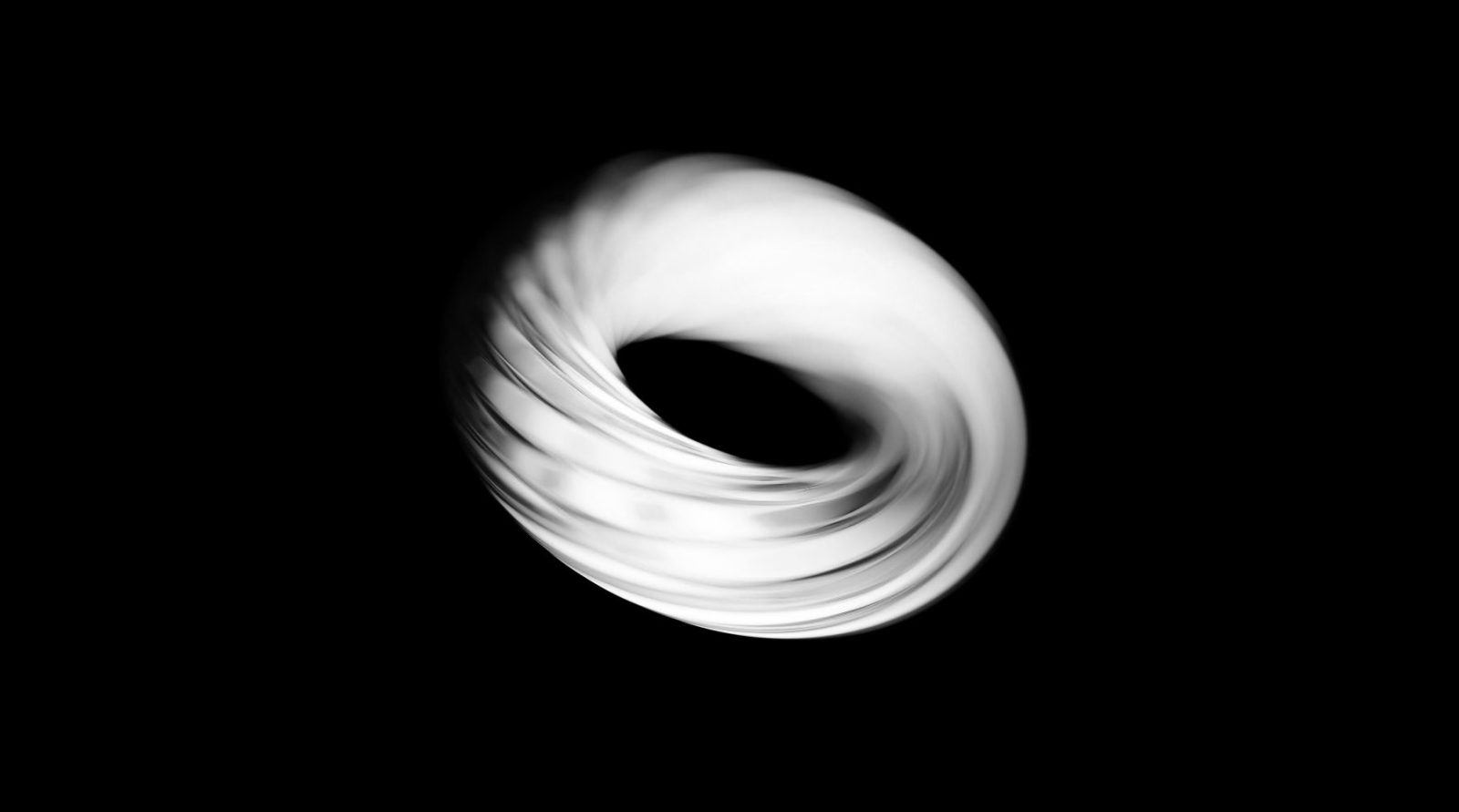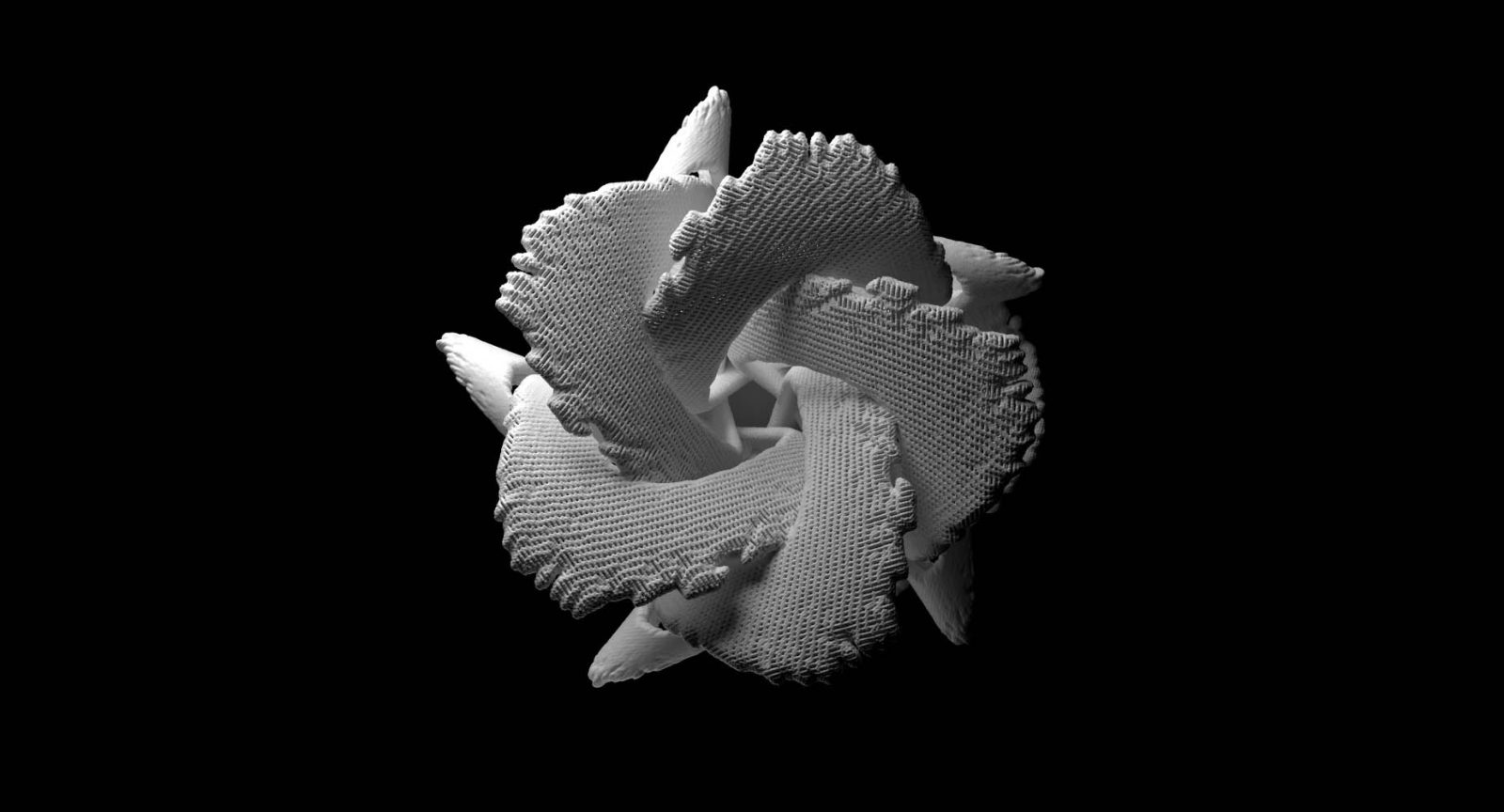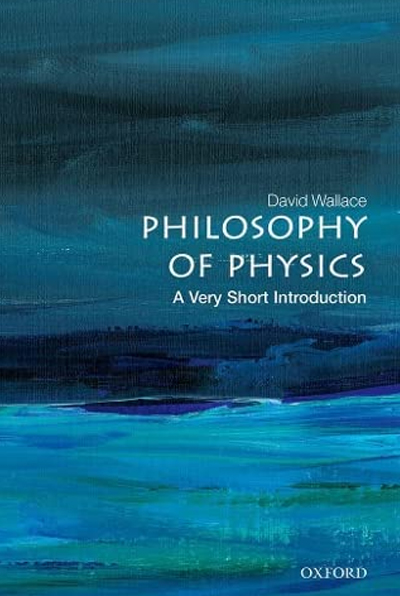Latest on geometric cognition
View AllIn the realm of cognitive science and neurology, there exists a fascinating intersection where geometry…
In the growing field of geometric cognition, one name stands out due to her significant…
Tatyana O. Sharpee’s work in the realm of geometric cognition—a field dedicated to understanding how…
For over a century, wave equations of physical systems have played a pivotal role in…
The human brain is a complex organ responsible for various cognitive functions. Scientists from the…
In her 2019 review, Tatyana O Sharpee connects several lines of research to argue that…
Many forms of cognitive, emotional, and behavioral flexibility place diverse demands on brain representations, ranging…
In both biological and artificial networks, neural computing is based on the nonlinear summation of…
The origins and nature of human intuitions about the properties of points, lines, and figures…
In a 2019 paper, Mateusz Hohol and Marcin Miłkowski argue that current explanations of geometric…
Functional connectivity and causal connections across different neural units are two main categories for how…
In nature and in art, geometric symmetry is everywhere. It has also progressively found its…
The scientific community generally agrees on the theory, introduced by Riemann and furthered by Helmholtz…
The effect of the shapes we perceive is well-known and utilized in various domains. For…
Although consciousness is a multifaceted phenomena, important aspects like awareness and alertness have only been…
Psychophysics examines the connections between external physical inputs and internal mental processes. The scientific community’s…
The phrase “A causes B” appears in a lot of statements that consumers come across…
Understanding both the communicative and cognitive roles of language, the degree to which language facilitates…
Humans learn and make decisions in large part through recognizing patterns. Research on the neurocomputational…
Understanding how the human visual system stores item shapes and how shape is eventually utilized…
In what way does the mental lexicon store knowledge of word meaning? Word meanings are…
How are neural representations of conceptual information structured such that people may deduce relationships they…
The entire brain experiences slow, sustained waves of electrical activity when you sleep, much like…
Euclidean geometry has always been regarded by scientists as being a priori and objective. When…
The multidisciplinary nature of cognitive research brings the need to conceptually unify insights from multiple…
Recommended books
View AllContinue reading
Nikos Salingaros is a mathematician and architectural theorist who has developed a theory of architecture…
The entire brain experiences slow, sustained waves of electrical activity when you sleep, much like…
Euclidean geometry has always been regarded by scientists as being a priori and objective. When…
After noticing that weather data from roughly circular cities like Dallas and London often show…
Plant leaves are arranged in a beautiful geometric pattern around the stem, which is known…
In 2020, Héctor Alarcón, at O’Higgins University, Chile, and his colleagues started studying the forces…
Network geometry helps us better understand complex systems at all sizes of organizations, as well…
Manifold: a topological space that locally resembles a Euclidean space in mathematics. Perceptual manifold: the…
In 2012, a team from IBM’s research labs in Zurich managed to reveal the individual…
In 2016, scientists from the University of Warsaw created the first-ever hologram of a single…
Studying multiple neural networks, researchers from EPFL Switzerland found that every one of us has…
As far as the propositions of mathematics refer to reality, they are not certain; and…
“God made the integers, all else is man’s work,” stated German mathematician Leopold Kronecker in…
The building stands out like a vast, dazzling sculpture on the edge of land and sea,…
Hyperuniformity is a geometric concept to probabilistically characterise the structure of ordered and disordered materials.…
An interdisciplinary research team at the Technical University of Munich (TUM) has developed an efficient strategy…
The shape of an egg has been demonstrated throughout evolution to be one of the…
One of biology’s biggest mysteries is the genesis of animal form. Biologists trying to understand…
Protein pattern generation has been extensively explored experimentally in recent years. Proteins diffusing and interacting…
Fractals are infinitely complex patterns that are self-similar across different scales. They are created by…
What makes an object successful at folding? Protein scientists study how an object transforms between…
Wings are like fingerprints for many insect species, with no two patterns being the same.…
Many of nature’s fractal objects benefit from the favorable functionality that comes from pattern repetition at various…
In 2019, a nationwide study on fundamental skills in Switzerland discovered a link between children’s spatial…
Stem cells are the raw materials of the body, the cells that give rise to…
For neuroscientists studying complex systems, patterns exhibit valuable data that may or may not correspond…
People communicate their emotions using their voice, face, and movement, as well as through abstract forms such…
The beauty of mathematical formulations resides in abstracting, in simple equations, universal truths. Many people,…
A human can identify hundreds of thousands of unique colors and forms visually, but how…
A European-American research team has used electrophysiological data to prove the presence of grid-like activity…
Tissues flex into intricate three-dimensional forms that lead to organs as an embryo grows. This…
In his Parametric Semiology – The Design of Information Rich Environments (2013), Patrik Schumacher from…
For many years, scientists thought that the chameleon’s ability to change colors was due to…
Researchers were able to identify architectural patterns that arise when the brain had to comprehend…
Investigation on mathematical understanding and the usage of conventional units of measurement in prehistoric civilizations…
Music, while allowing nearly unlimited creative expression, almost always conforms to a set of rigid…
A moiré lattice occurs when two periodic 2D patterns are layered on top of each…
Quantum communication over long distances is essential for information security, and it has been shown…
Physicists at Washington University in St. Louis researching the brain have demonstrated that monitoring signals…
Atomic interactions in common solids and liquids are so intricate that physicists are still baffled…
Infants may recognize regular sound sequences during their first year of life. As we grow…
For centuries, Φ has been found in human anatomy for millennia, and in recent decades,…
By observing the perfect geometry of a tricuspid aortic valve, a team of cardiac surgeons…
Princeton researchers discovered that a form of foam that has long been researched by scientists…
Some community parks are square, reflecting the city block where they are located — but…
Stanford researchers identified a pattern that regulates the development of brain cells or neurons using…
Is it possible for a concept to be beautiful? Mathematicians frequently describe arguments as “beautiful”…
When an egg is fertilized, billions of proteins ripple out across its surface, producing a…
Scientists from The University of Western Australia and The University of Cambridge discovered hollow ball-like…
The Sangallo, who created their own self-balanced building method for brick domes based on the…
Since geometry is the measurement of matter and cognition deals with how we acquire knowledge about said matter, geometric cognition can be understood as conscious and unconscious processes that rely on geometric models to experience and accumulate knowledge, through perceiving, recognizing, conceiving, and reasoning of data in the framework of a cognitive geometry.







































